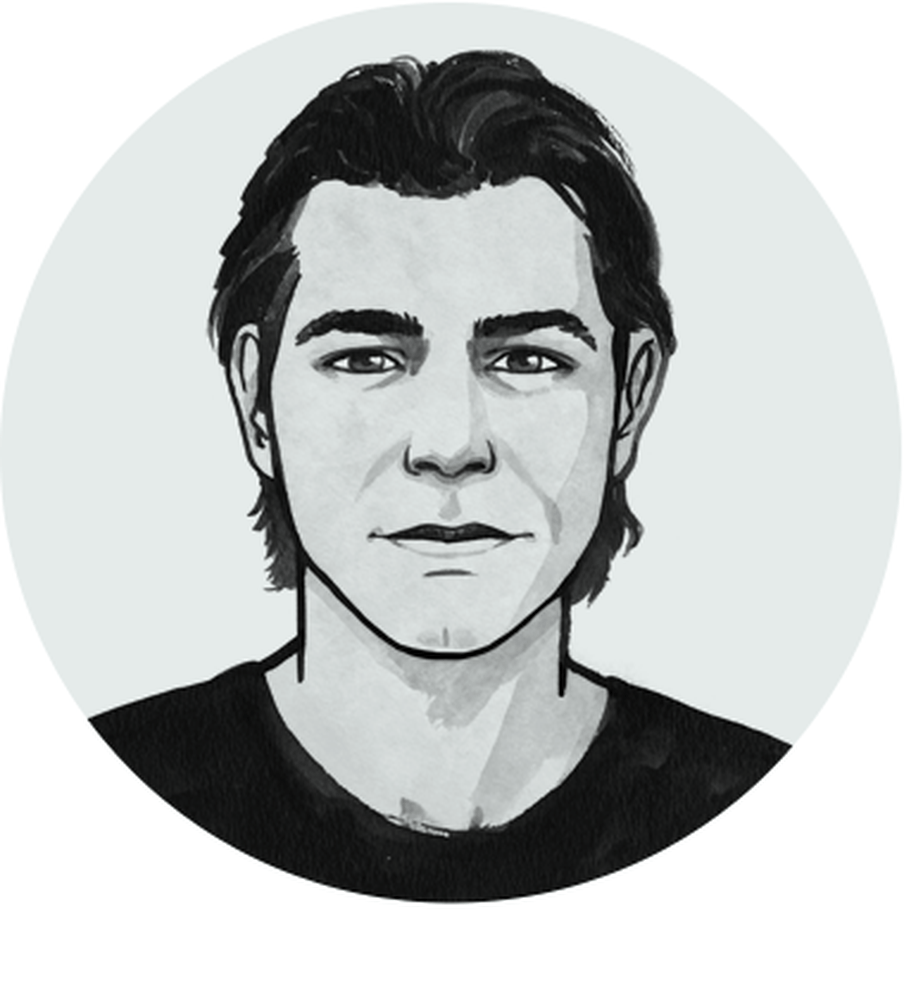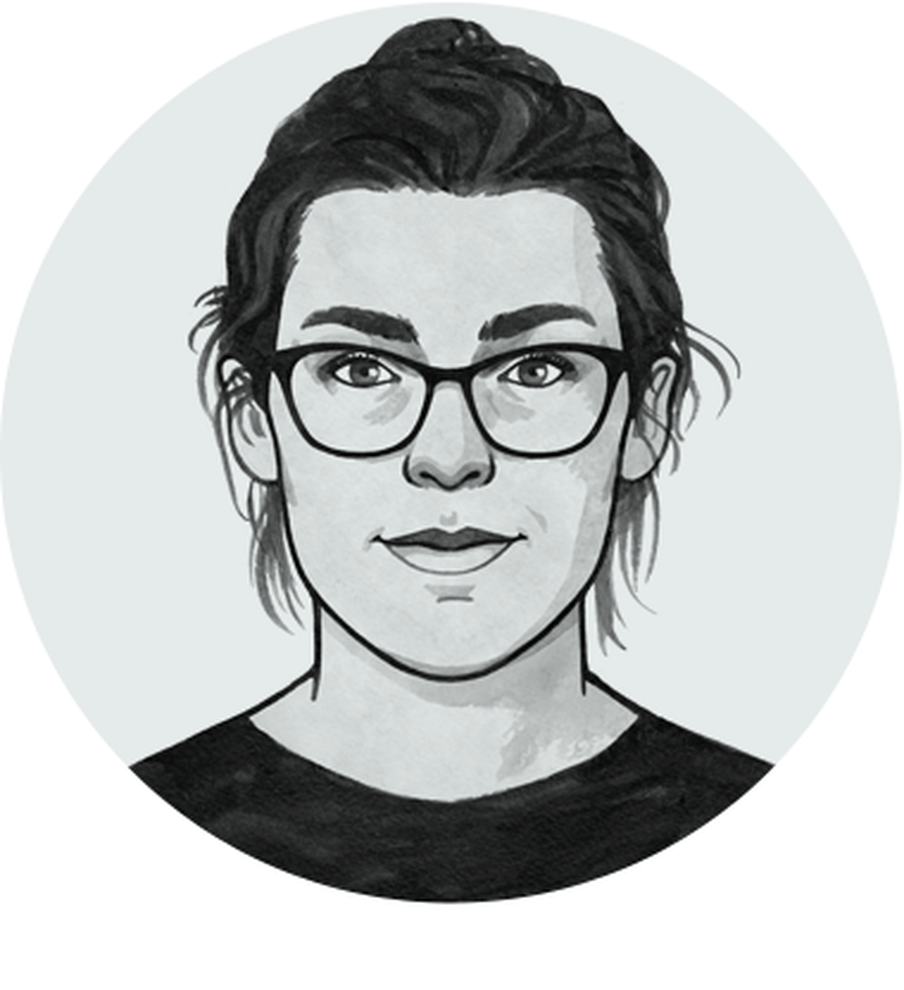





As of January 1st 2021, The Correspondent has discontinued publishing its journalism.
You can read more about it here.
As the year draws to a close, our team looks back at the pieces we’ve published that meant the most to them.






We no longer support Internet Explorer, so we recommend you switch to Edge, Chrome or Firefox when browsing this platform.
You can continue on now, but please be aware that you're not going to have the best experience with your current browser.